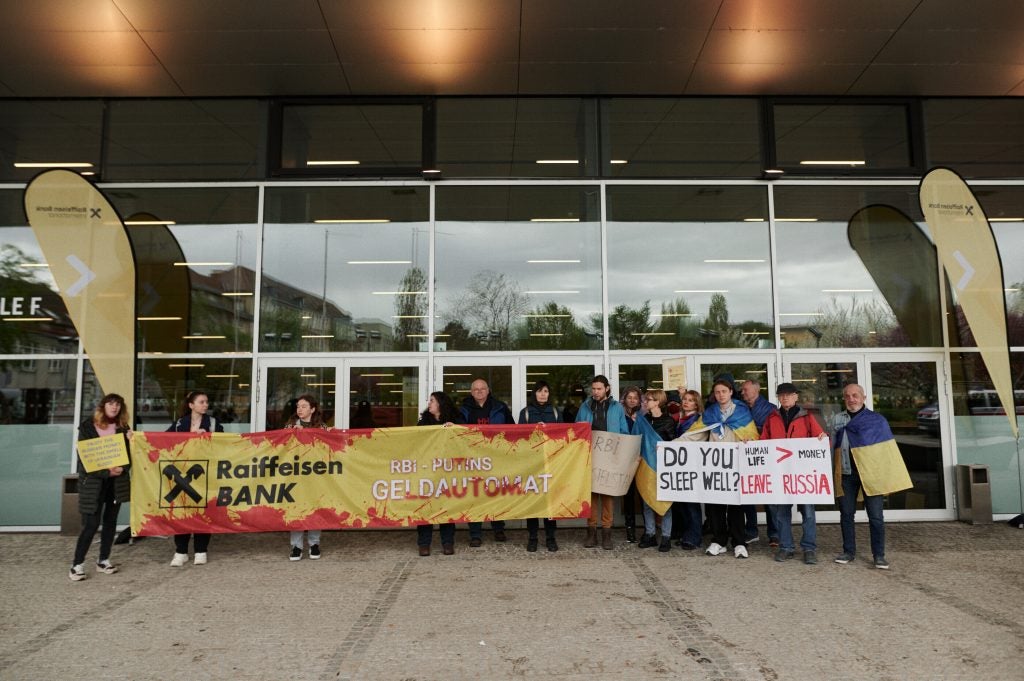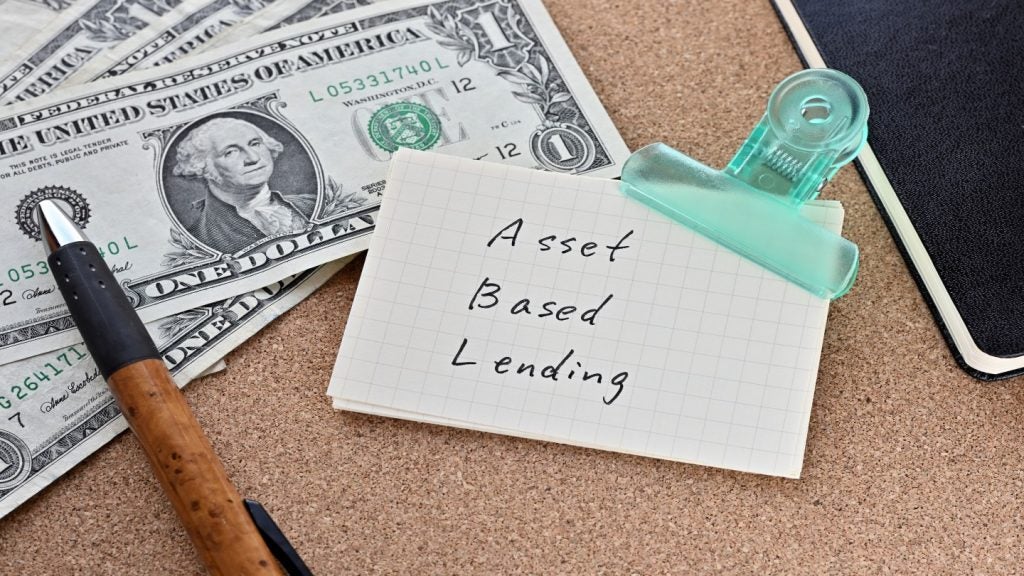
Demand for machinery and
vehicles remains weak, Paul Golden writes.
The parlous state of the
Irish economy means even a slowdown in the rate of decline in
commercial activity is viewed as a positive development. So when
the Economic and Social Research Centre states that the outlook for
investment spending remains weak, the fact that the decline in
investment spending next year is expected to be much smaller than
in recent years, and that spending on plant and machinery is
expected to grow, is seen as encouraging.
The slowdown in the rate of
fall in investment spending can be attributed, at least in part, to
the fact that building activity has collapsed so far from its peak
in the middle of the 1990s.
Similarly, while
manufacturing production for the year to October 2010 was up by
more than 8% compared to the same period in 2009, industrial output
volumes fell by more than 7% over the three months from August to
October.
How well do you really know your competitors?
Access the most comprehensive Company Profiles on the market, powered by GlobalData. Save hours of research. Gain competitive edge.

Thank you!
Your download email will arrive shortly
Not ready to buy yet? Download a free sample
We are confident about the unique quality of our Company Profiles. However, we want you to make the most beneficial decision for your business, so we offer a free sample that you can download by submitting the below form
By GlobalDataDemand for machinery and
transport goods has stabilised, but at a level roughly
three-quarters lower than peak levels. The upshot of decline in
transport and construction activity is that a lot of equipment has
left Ireland over the last year in particular. Jonny Keys, managing
director at Euro Auctions, has been selling off construction
manufacturing equipment on-site from some of the plants that have
closed since the building industry crashed.
Equipment in
lieu
“This time last year there
was a glut of equipment – a lot of people had became ad hoc dealers
in situations where they had bad debt and took equipment in lieu of
money they were owed,” Keys says. “In 2008 a lot of people had to
sell, and with the global economy being soft, prices were low, but
they have recovered.”
Since November 2009, so much
machinery has been taken out of Ireland that prices for those who
have the funds to buy are almost back to pre-recession
levels.
“A huge volume of Japanese
machinery had come to Ireland over the previous decade and is now
in demand to go back to the Far East to locations such as China and
India as well as to brokers in Japan. The market has stabilised
since mid-2010, and prices have gone up by between 15% and 20%
since then,” Keys says.
In addition to the Far East,
machinery is finding its way from Ireland to Russia where the
construction sector has received a boost from the award of the 2014
Winter Olympics and the 2018 World Cup. The Euro Auctions MD says
the wider European market never slowed down to the same extent as
Ireland so there was still demand in other parts of the continent,
even if the prices were not as high as they once were.
“People who were able to hold
on to machinery have achieved a better price, but few had that
option unless they were still working on completing contracts,” he
says. “Those with no work didn’t have that choice.”
Close’s
arrival
Business groups such as ISME,
the small and medium enterprises association, claim there is
anecdotal evidence that companies are finding it hard to access
lease finance. This view is shared by Keys, who says the situation
in Ireland is much more difficult than in the UK or other European
markets because of the number of lenders who have exited the
market.
He says: “It is hard to get
finance for someone in Ireland who wants to buy. The arrival of
Close Asset Finance has boosted the market somewhat, but brokers
have limited options and the number of brokers is probably a
quarter of what it was at the peak of the boom.”
Other difficulties facing
potential lessees in Ireland include rising equipment costs
following changes to the valuation of the Japanese currency, while
the resale market for transport machinery is restricted by the
right-hand drive issue.
“There are decent returns
available for relatively new vehicles, but the export market is
limited,” Keys says.
“Although there is still some
demand from the UK, since the trucks available in Ireland are
relatively new because there was money around to upgrade them.
Despite being such a small country, Ireland became a major market
for vendors, such as Volvo, at the peak of the boom.”
Aircraft
finance
While almost exclusively for
overseas consumption, aircraft financing and leasing activity in
Ireland has escaped relatively unscathed according to Ken Rush, a
partner in the asset finance business of Walker’s Dublin office,
which opened in October.
From humble beginnings in the
mid-1970s, Ireland has grown into a major global centre for
aircraft lessors.
“Seven of the world’s top ten
aircraft lessors are headquartered or have a significant presence
in Ireland, and this sector continues to remains buoyant,” Rush
says. “The Airbus global market forecast anticipates 25,000 new
passenger aircraft being required over the next 20 years to service
market demand and replace retiring aircraft.”
Aircraft financing tends not to be sourced domestically
but rather from the larger Asian, European and US banks, export
credit agencies and financiers which have continued to show
confidence in this asset class.







